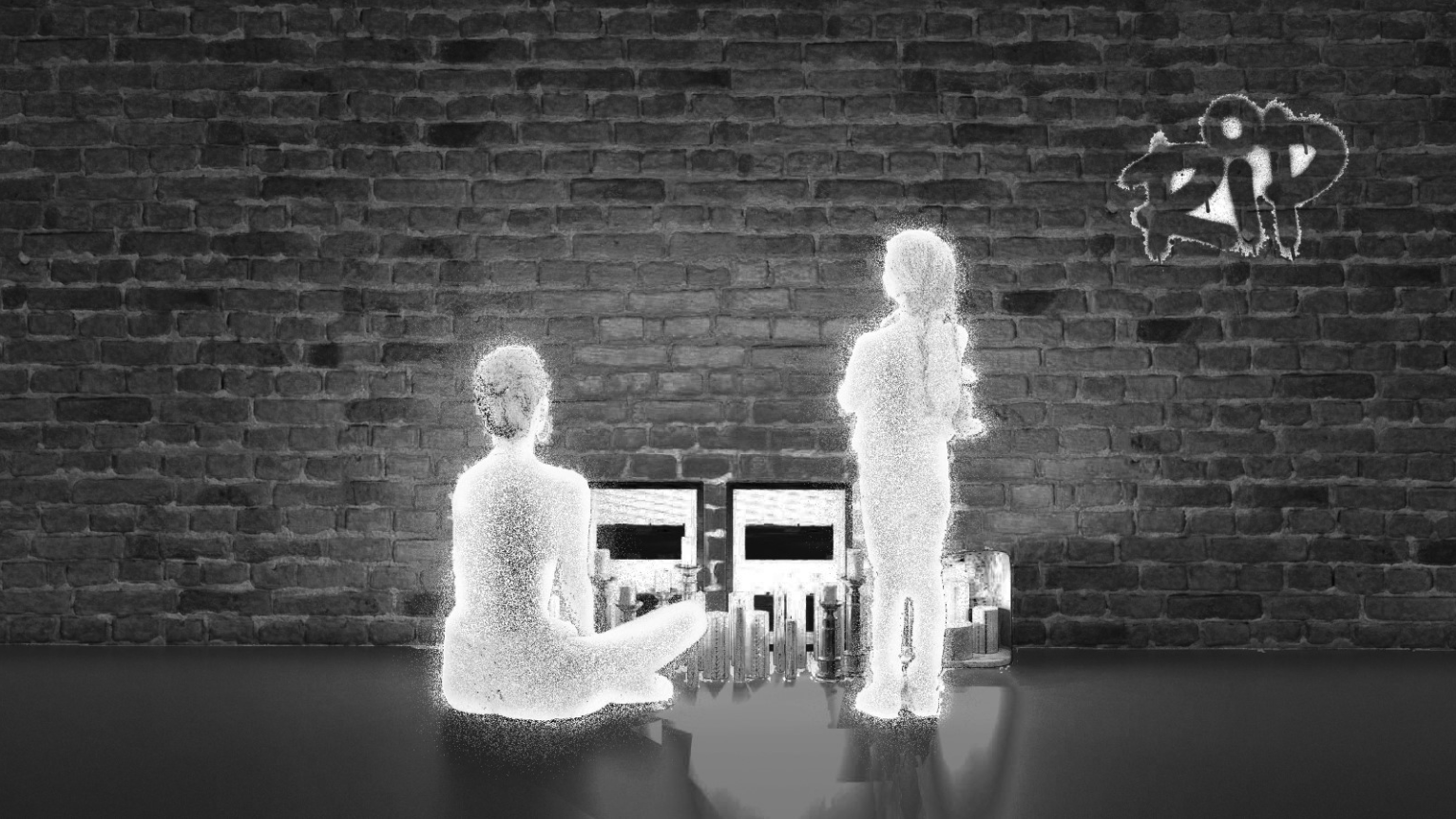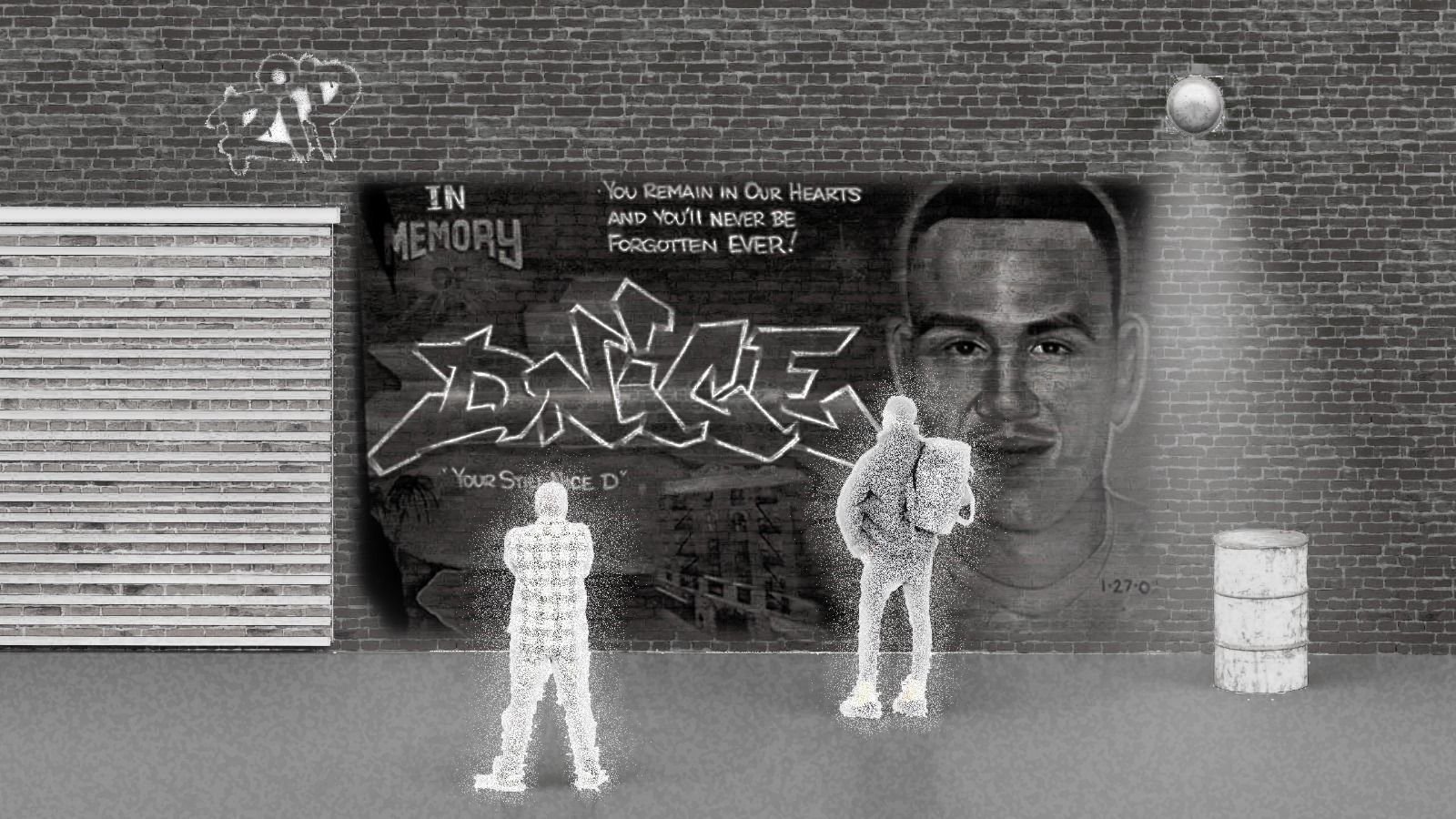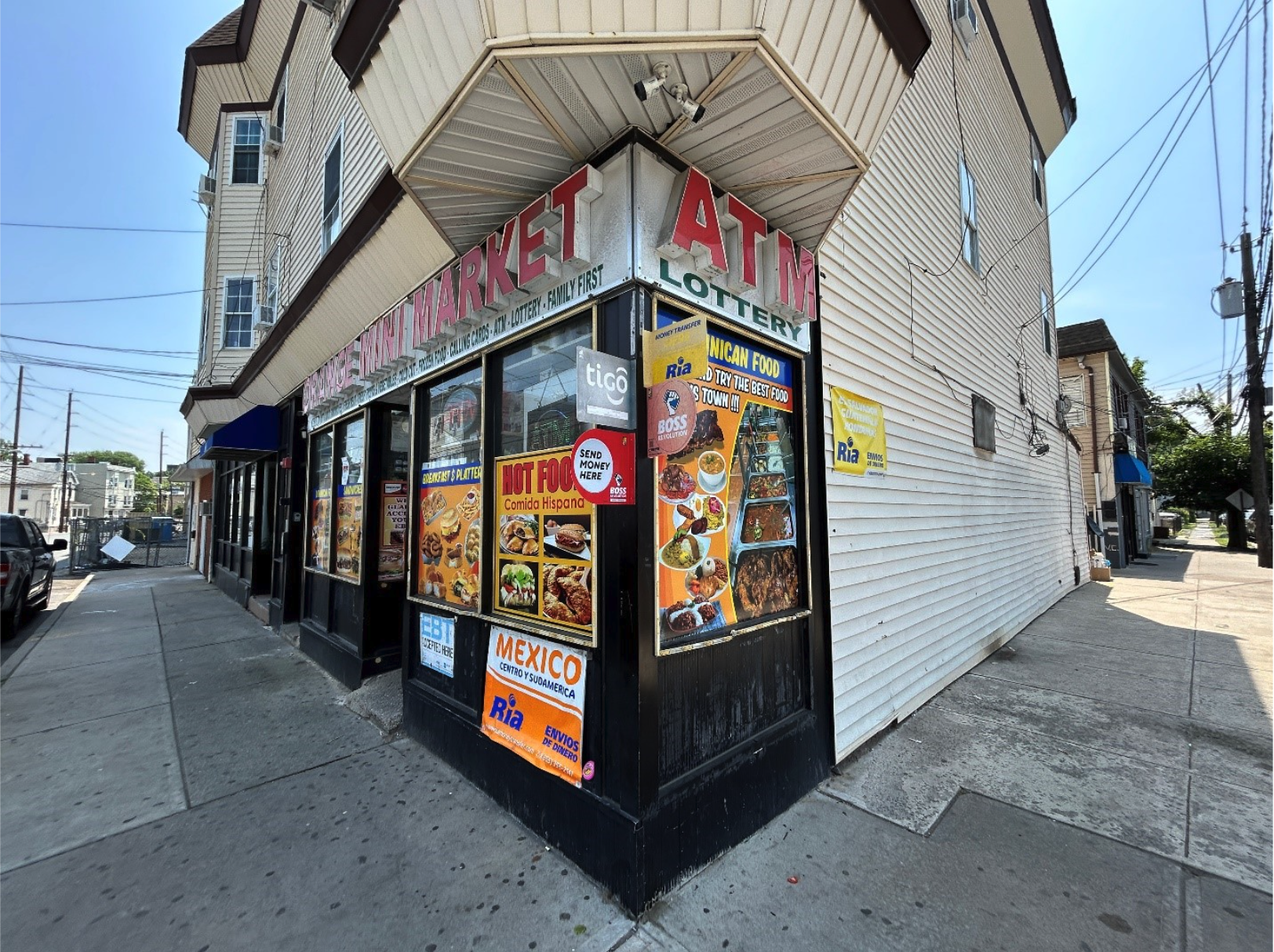pepe’s memorial
[April 5, 2014]
[7:10 AM]
Rushing down Freeman Street to make it to school before the 7:30 bell, she abruptly comes to a stop at the first case marking. Like approaching a pulpit or votive in church, she approaches the corner with saddened reverence. She recognizes that at the bodega entrance where she now stands, is the site of Pepe’s passing. The corner is a memorial. And like the "child with skin of the sun," from a Lupe Mendez poem, she laboriously and clumsily begins to light the candles. Sometimes struggling to ignite the flames, battling against the wind, and occasionally pausing in frustration, she persists. Once the first candle is lit, the corner comes alive with the sense of santería. This child, under the sun, has brought a spiritual levity that makes the weight of Pepe’s void palpable, yet somehow more honest to sit with.
[7:15 AM]
She stands at the intersection of Freeman Street and Valley Road, lighting candles for Pepe's memorial. Every day for about two weeks, as I wait for my high school bus on the other side of the intersection, I witness her diligently relighting candles. Despite the cold and often rainy April mornings in New Jersey, she persists in lighting 23 candles outside Orange Mini Market, the local bodega, in honor of Pepe.
[7:25 AM]
After lighting all 23 candles, she offers benedictions, rises to her feet, crosses Valley Road…and sprints up the hill to school.
[7:30 AM]
She disappears from my sight. I look back at the softly lit corner, glowing from the candles even against the morning sun, and feel compelled along with some of my fellow bus-takers to offer a prayer or make the sign of the cross in reverence for what that rushed kid left behind. Those candles project an unspoken sermon–one directed at the callous adults who can’t recognize a man's name past the values of occupation.
The corner is augmented to commemorate a man's value beyond his economic contributions and its externalities, by a kid who was late to school.
[The evening of April 3rd, 2014]
Pepe, a 26 year old El Salvadoran man, worked as a construction laborer during the day, much like many other undocumented men in Orange. He was a hardworking man like the majority of men in the Valley, Central American or Caribbean who similarly toiled long hours, off the books, earning just enough money to cover their rent and send remittances back to their distant homes. What set Pepe apart from the rest of the Valley's inhabitants, who often didn’t go by their government name, was that he simply went by Pepe. A religious man– with a nickname referencing Joseph from the Bible– he spoke of nothing but loyalty and family. At just 28 years of age, Pepe was shot twice in the stomach on a Saturday evening at the Valley St. Bodega, where his body remained during the police’s "investigation" until the hour right before Sunday morning service.
Gabriel Castro-Andrade is an Ecuadorian and Catracho American from Highland Ave in Orange, NJ. He is a Master of Architecture Candidate '25 with a concentration on the relationships between labor, grief, and migration within the built environment across the Americas. His design work, both in studio and within professional practice, focuses on what is purposely missing between the scales of interiors and urbanism. He works across these scales as directed by the political economies of absence, construction, and self-recognition.



